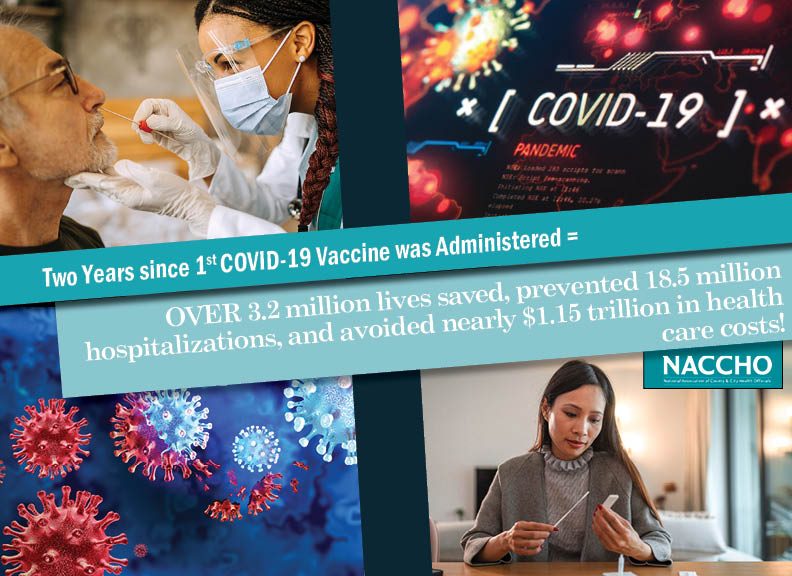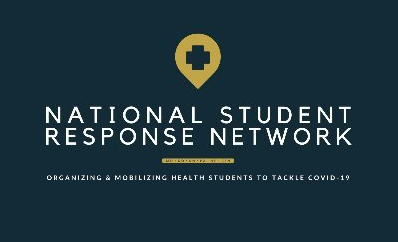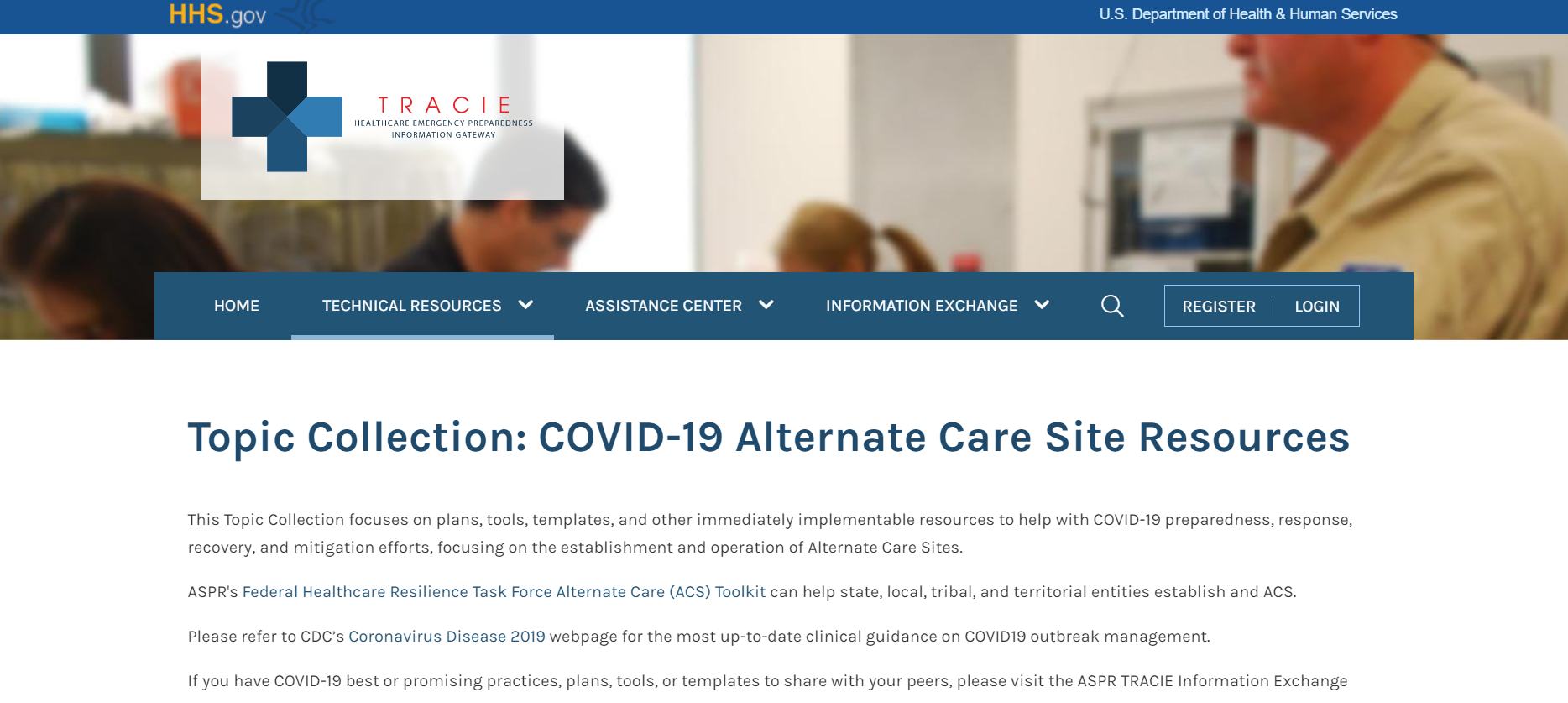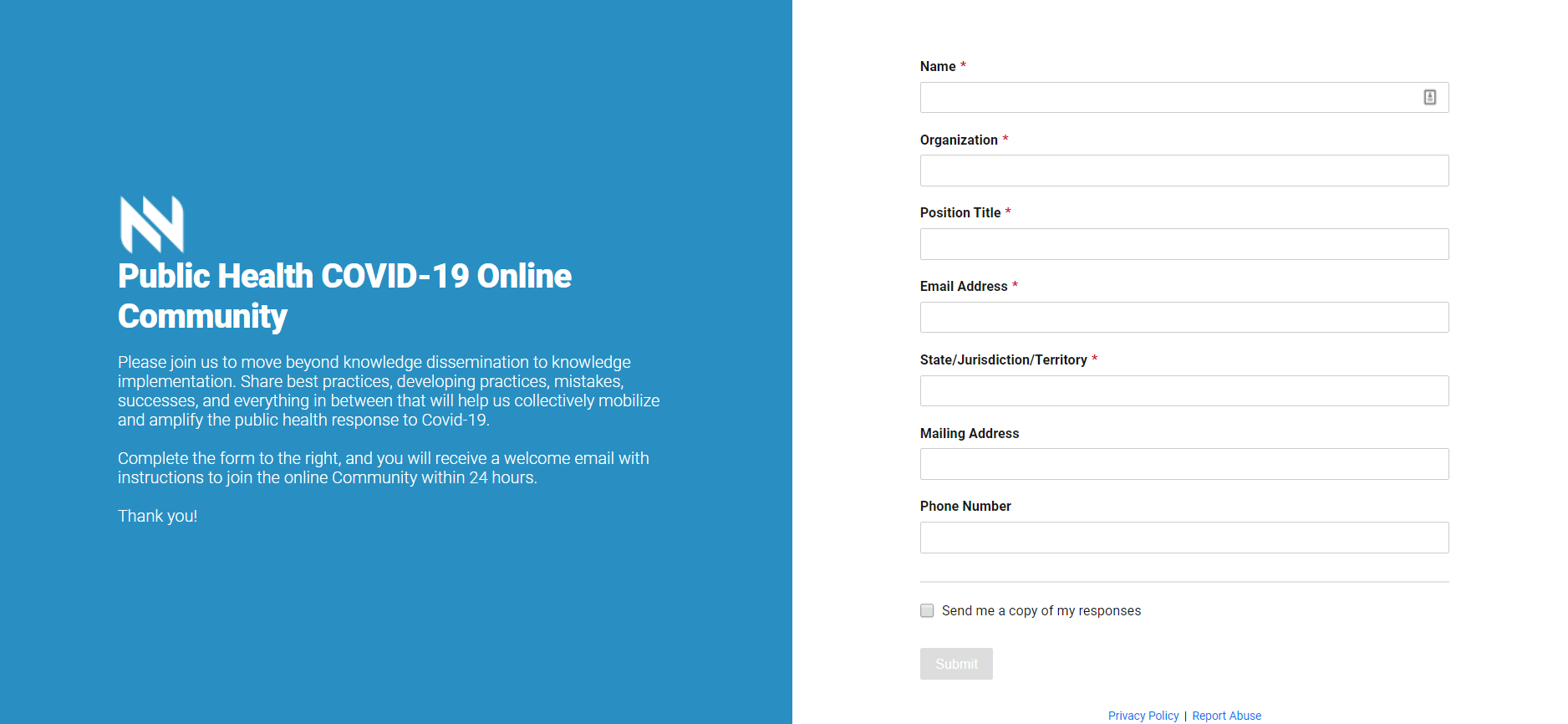Popular Categories
Drill Sharpens Response Time for Handling Flu Outbreak
Health officials in Delaware conducted a flu clinic at a Georgetown church on Oct. 24, vaccinating more than 100 residents. The event...
Nov 07, 2013 | Admin
Budget Cuts Reduce Pandemic Influenza Planning and Response Capacity
Since 2007, continued funding cuts have been impacting pandemic influenza planning and response in local health departments (LHDs)....
Oct 30, 2013 | Sara Rubin
This Emergency Will Be Tweeted: What Local Health Departments Need to Know About...
With nearly three out of four American adults using social networking sites, first-hand reports on social media during unfolding...
Oct 17, 2013 | Frances Bevington
Pandemic Influenza Preparedness: Partnering With Schools
On any given day, educational institutions house more 20 percent of the United States population. This equates to more than 60 million...
Oct 16, 2013 | Andy Roszak
NACCHO Staff Report: NIH Models of Infectious Disease Agent Study (MIDAS) 10th...
The National Institute of General Medical Sciences at NIH created an initiative called Modeling of Infectious Disease Agent Study...
Oct 04, 2013 | Frances Bevington
Investing in Public Health Preparedness: Moving Beyond Our Reactionary Funding Cycle
Twelve years ago today, the United States experienced the worst terrorist attack on our soil, which since has shaped the ebb and flow...
Sep 11, 2013 | Jack Herrmann
Drill Sharpens Response Time for Handling Flu OutbreakHealth officials in Delaware conducted a flu clinic at a Georgetown church on Oct. 24, vaccinating more than 100 residents. The event was also designed as an emergency preparedness test, helping health officials analyze Delaware’s readiness to handle large-scale emergencies. Division of Public Health employees staffed the event, with assistance from several Medical Reserve Corps […] Nov 07, 2013 | Admin |
Budget Cuts Reduce Pandemic Influenza Planning and Response CapacitySince 2007, continued funding cuts have been impacting pandemic influenza planning and response in local health departments (LHDs). Sequestration, the automatic federal spending cuts that took place in March 2013, caused further strain on these programs. With another round of sequestration cuts set to take place in January 2014, LHDs may be forced to reduce or eliminate programs that would plan... Oct 30, 2013 | Sara Rubin |
This Emergency Will Be Tweeted: What Local Health Departments Need to Know About Social MediaWith nearly three out of four American adults using social networking sites, first-hand reports on social media during unfolding situations present many opportunities for those in the fields of local public health and emergency response. However, local health departments have a long way to go with adoption of social media, with only 8 percent using Twitter and 24 percent using Facebook. Oct 17, 2013 | Frances Bevington |
Pandemic Influenza Preparedness: Partnering With SchoolsOn any given day, educational institutions house more 20 percent of the United States population. This equates to more than 60 million students, facility, and staff. According to the U.S Secretary of Education, “Pandemic influenza could have a profound effect on our nation’s school systems. Children would be expected to have high rates of infection and are more likely […] Oct 16, 2013 | Andy Roszak |
NACCHO Staff Report: NIH Models of Infectious Disease Agent Study (MIDAS) 10th Anniversary SymposiumThe National Institute of General Medical Sciences at NIH created an initiative called Modeling of Infectious Disease Agent Study (MIDAS) in 2004. This workshop highlighted the accomplishments of MIDAS over the past 10 years and presented a variety of computational modeling projects by academic institutions associated MIDAS. Oct 04, 2013 | Frances Bevington |
Investing in Public Health Preparedness: Moving Beyond Our Reactionary Funding CycleTwelve years ago today, the United States experienced the worst terrorist attack on our soil, which since has shaped the ebb and flow of public health preparedness policy and funding. Catastrophic events such as 9/11, Hurricane Katrina, and the H1N1 influenza outbreak led to an infusion of federal funding to state and local governments that soon dried up after each response ended. Sep 11, 2013 | Jack Herrmann |
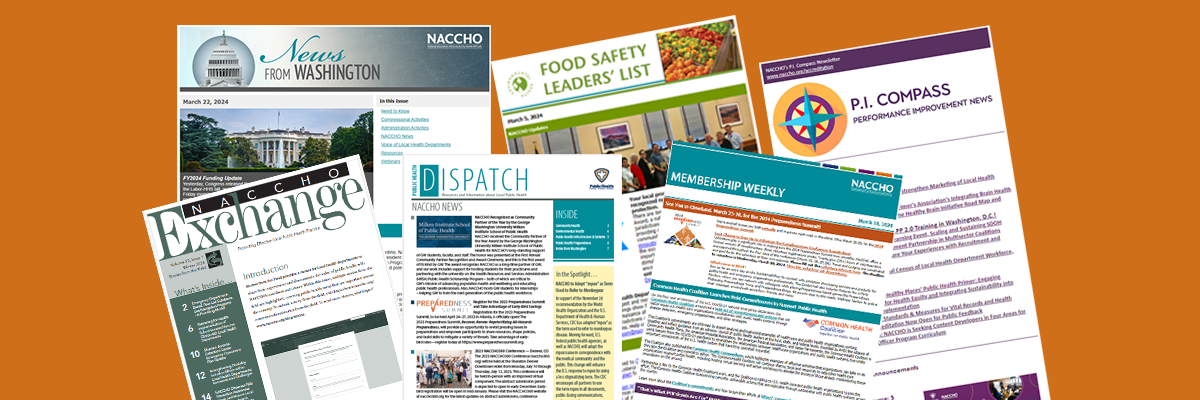
Subscribe Today
Sign Up for the E-mail Digests
Create an account or login to MyNACCHO and go to "My Subscriptions."
SUBSCRIBE NOW